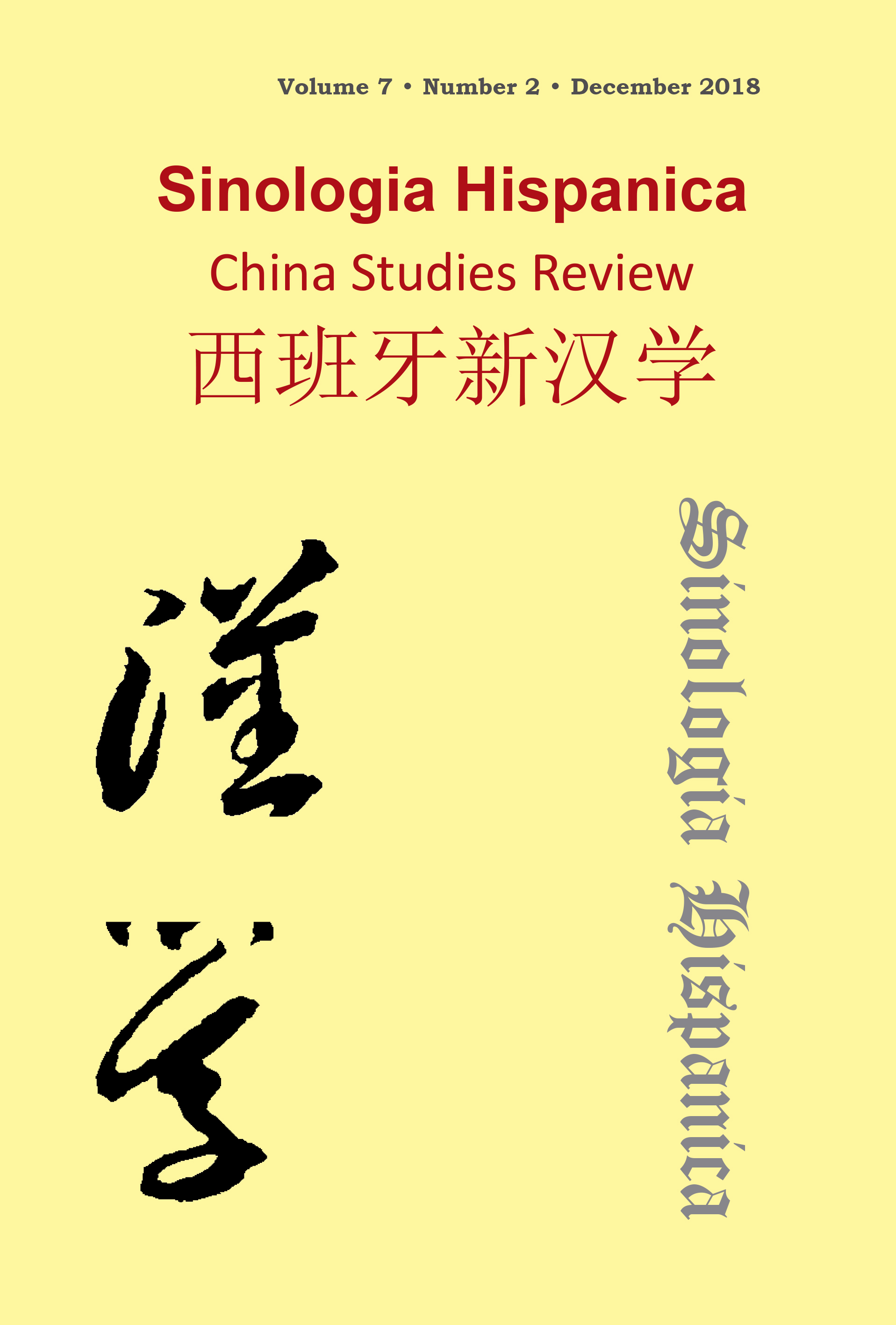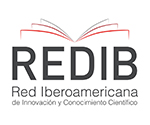Human Capital, Training Pathways and Educational and Professional Guidance in China
DOI:
https://doi.org/10.18002/sin.v7i2.5730关键词:
Educational and Vocational Guidance, Drop-out, Training Pathway, Human Capital, Labor Market.摘要
One of the Government's priorities is to swap from an industrial economy and low salaries to one of Services and high salaries. For this, the government needs to increase the quality of Human Capital, understood as the increase in the average educational level of the population. An educational measure to achieve this goal is to enhance educational and vocational guidance. Orientation is conceived as a measure designed to optimize the adjustment between the education system and labor market. Although it is a measure present in the Chinese educational system before, it is not until 2012, when the government is committed to a model of Educational andProfessional Guidance focused on the development
of the individual's career. The objective of this
paper is to analyze how educational transitions
are from one educational stage to another, and
from one educational level to another, to know
the problems and factors associated with dropped
from school. Once detected the different types
of transition in the Chinese education system.
We contrast it with the theoretical model of
educational and professional guidance focused
on the development of the individual's vocational
career. At the methodological level, a review of
the research and of the databases to be used
is carried out. Finally, the results show how
different itinerary models that Chinese students
take according to their socio-educational profile
do not fit with the theoretical model of Career
Education.
Downloads
Métricas alternativas
Downloads
已出版
How to Cite
期
栏目
License
Copyright (c) 2019 David Doncel Abad

This work is licensed under a Creative Commons Attribution-NonCommercial-ShareAlike 4.0 International License.
Sinología Hispánica. China Studies Review considers all manuscripts on the strict condition that:
- The authors assign the exploitation rights (reproduction, distribution, public communication and transformation) of the work accepted for publication to the University of León on a non-exclusive basis. Authors can establish, on their own, additional agreements for the non-exclusive distribution of the version of the work published in the journal (for example, placing it in an institutional repository or publishing it in a book), always acknowledging the initial publication. in this magazine.
- The manuscript is your own original work and does not duplicate any other previously published work, including your own previously published work.
- The manuscript is not currently under consideration or peer review, nor accepted for publication, nor in press, nor published elsewhere.
- The manuscript contains nothing that is abusive, defamatory, libellous, obscene, fraudulent, or illegal.
- Please note that Sinologia Hispanica uses Turnitin software to screen manuscripts for unoriginal material. By submitting your manuscript to Sinologia Hispanica you are agreeing to any necessary originality checks your manuscript may have to undergo during the peer-review and production processes. Any author who fails to adhere to the above conditions will be rejected.
- Authors are allowed and encouraged to electronically disseminate the pre-printed versions (version before being evaluated) and / or post-printing (version evaluated and accepted for publication) of their works before publication, since it favors their circulation and dissemination more early and with it, a possible increase in its citation and reach among the academic community.
Sinologia Hispanica is under an international license Creative Commons Attribution-Noncommercial-Share Alike 4.0. You can read more about this license in an informative version and legal text.








